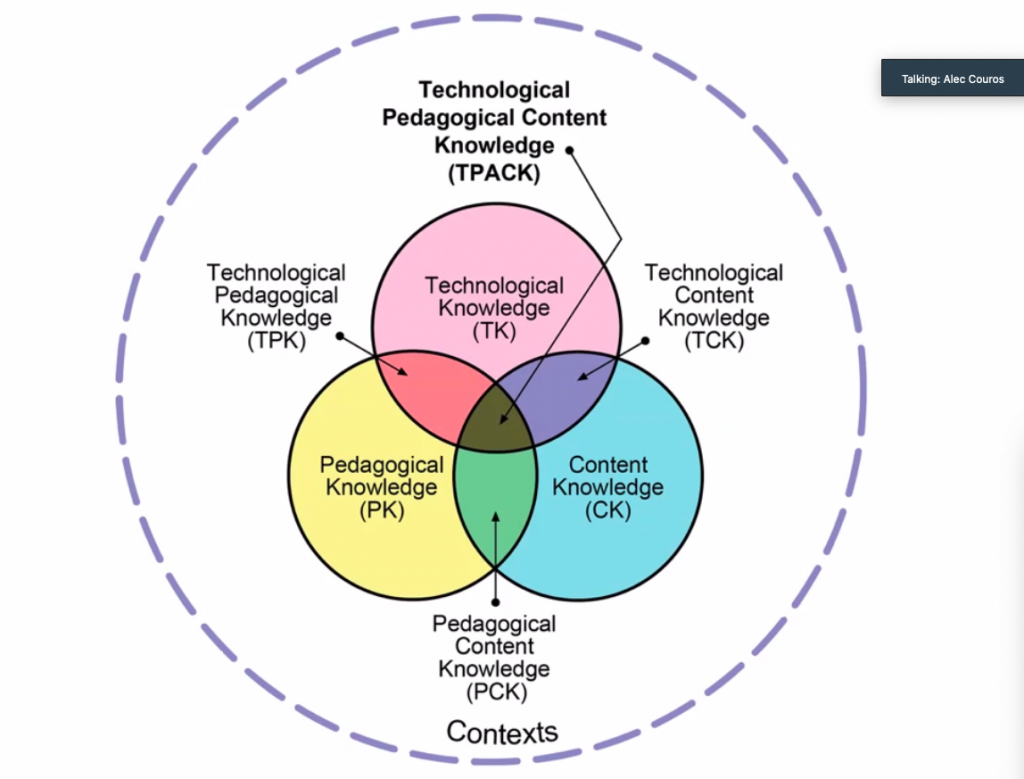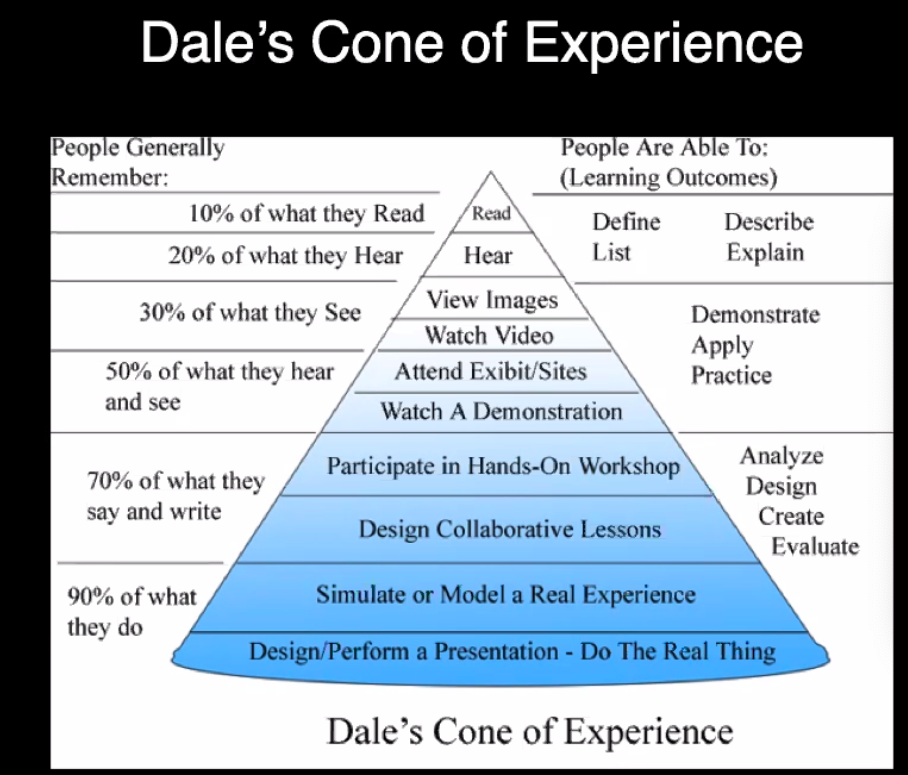At the start of my 5th class with Dr. Alec Couros, I feel that my personal understanding of educational technology has been shaped enormously. Those people who took classes with me previously, are aware of my very different background. I grew up in Romania as part of a Hungarian minority group. Even though Communism ended in 1989 (I was in 5th grade), it took quite a long time to catch up to the rest of the world. So, I have seen and even been to a computer lab in high school where I was taught programming (still don’t have a clue what it is) and we went to Internet Cafes to check our emails and do a bit of reading. You’d think twice how long you’d browse there since it was not cheap.

Looking back at my childhood and my students’ struggles they had to face in March of 2020, make me think of a serious issue discussed by Neil Postman. “Who specifically benefits from the development of a new technology? Which groups, what type of person, what kind of industry will be favoured? And, of course, which group of people will thereby be harmed?” One of my biggest concerns when thinking of educational technology is the digital divide. Working in a community school, many of our families cannot afford having devices. When switching to online teaching, it took a month for our families to receive one device per household. Then they had to figure out how technology works. Having the laptop up and running was not the end of the struggle though. The next problem was which child would have a turn on the computer?
Another concern is how technology is being used in the classroom, when all the obstacles of booking the devices and having them up and running are overcome? I am thankful for the many opportunities my school division offered to learn more and immerse myself in the world of educational technology. I had the opportunity to learn more about TEAMS, Seesaw, Razkids, Flocabulary, Vocabulary etc. English learning programs. The classes that I have been taking as part of my Masters Certificate Program in Educational Technology and the additional learning opportunities created by my school division create a nice blend in order to help me move towards a balanced personal TPACK model.

During our group discussion in class, Dean shared a very interesting thought “tech should be invisible”. Dean described technology as a tool that becomes part of the learning process giving more opportunities for students to learn. He also mentioned the SAMR model based on using technology with a purposeful way in order to enhance learning. Since teachers are at different levels in the area of Technological Knowledge as well as comfort level, I think there is a lot more work to be done in order to reach to the point where technology is not only used as a time filler.

The SAMR model leads me to Kozma’s (1994) argument “If we move from “Do media influence learning?” to “In what ways can we use the capabilities of media to influence learning for particular students, task, and situations?” we will both advance the development of our field and contribute to the improvement of teaching and learning.”

But is it only media that can help us master Dale’s Cone of Experience? Not necessarily, but I believe that educational technology can serve as an irreplaceable tool if used properly. Educators need to watch out for the trap of practicing pure “consumerism” and focus on learning and guiding students towards “creating”. And with creating comes sharing where we cannot forget about taking the time to teach our students how to navigate the world of technology safely by raising responsible digital citizens.

Thank you for stopping by!
